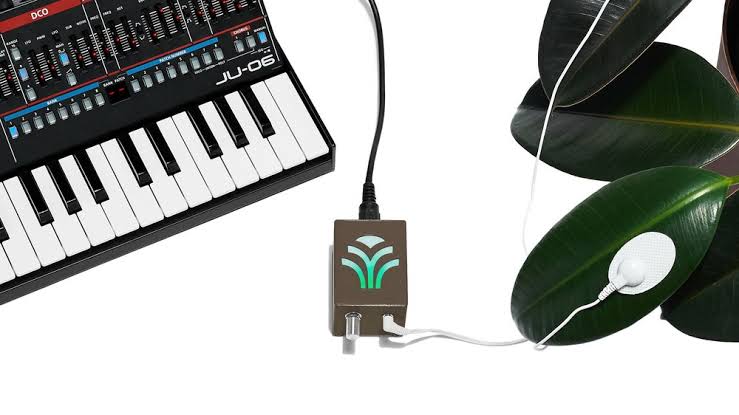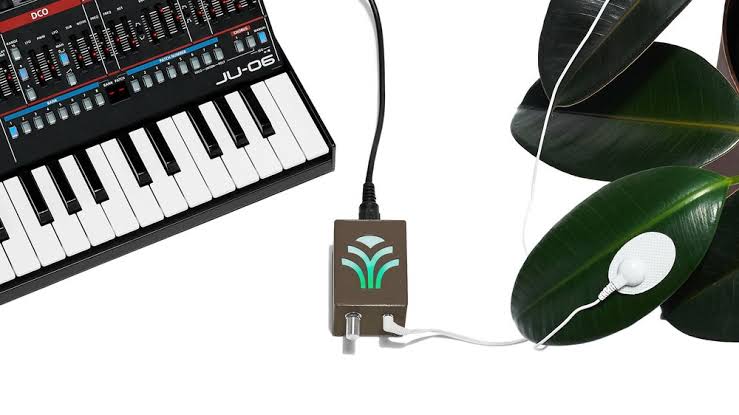All You Need To Know About ‘Music For Plants’
A Barcelona opera house by the name of Gran Teatre del Liceu opened its doors in June, 2020, after a three-month long lockdown. The venue’s first concert post-lockdown turned out to be an exclusive performance for an audience of plants! The UceLi Quartret played for over 2,292 plants that occupied each seat of the theatre.
The concert was symbolic as the plants were later distributed to healthcare workers. But the question remains, can plants actually hear music?
When new-age thinking was reaching its peak in the 1970s, a book called The Secret Life of Plants supported the claim that playing music to plants can help in plant growth. Even before the book’s publication, an experiment by an Indian scientist in 1962 seemed to revolve around similar assumptions.
Playing Western classical music, Dr. T. C. Singh from Annamalai University, Tamil Nadu, discovered that the balsam plants grew an extra 20% in height and 72% in biomass.
Similar observations were made when Indian classical ragas were played. He later experimented with other crops, and found that they grew 25% to 60% larger under the influence of the latter.
But how can plants respond to music (or any sound) when they possess no hearing organs? And yet a few experiments seem to conclude that plants do bear some response to sounds.

For instance, in 1973, a music student from Colorado Women’s College, Dorothy Retallack, placed three groups of plants in separate environments. A single musical note of F was played for eight hours for the first group, three hours for the second group, while the third group was kept in a silent environment. While the first group died out in two weeks, the second group seemed to be healthier than the third one. This implies while plants respond to sound, the period of exposure affects their health/survival.
Violinist Rajamanikam Pillai claimed that when he played his instrument in his gardens, he found that the otherwise-useless coconut trees in the vicinity were revived to good health. According to him, music sung in early hours of the day with ragas such as Bilahari, and Kalyani, would also have a positive influence on plants. There are many such experiments that were subsequently carried out but it’s yet to be universally established that plant growth can increase with music.
Even if the science around plants and music isn’t firmly established, there still exists a subgenre of ‘music for plants’. Just like the Barcelona concert, there have been actual albums like Mother Art’s Plantasia by Mort Garson and Stevie Wonder’s Journey Through “The Secret Life of Plants” comprised of instrumentals solely meant to be heard by plants!
Science and speculation aside, a Mumbai nursery uses a device to allow visitors to hear the actual ‘music’ that plants make. Vriksha Nursery is run by Shaan Lalvani who makes use of a device called MIDI sprout.
Using the same principles as an ECG machine producing a graph, the device measures the electrical charges flowing through the plants, converting them into musical notes. The sounds from the plants are obviously proven to be different under different stimuli like water, light, touch, and so on.
The MIDI Sprout can also convert the soundwaves to sound more like musical notes from a synthesizer and other experiments. Visitors bring their own plants at Vriksha Nursery so that they too can hear their musical sounds under the device.








